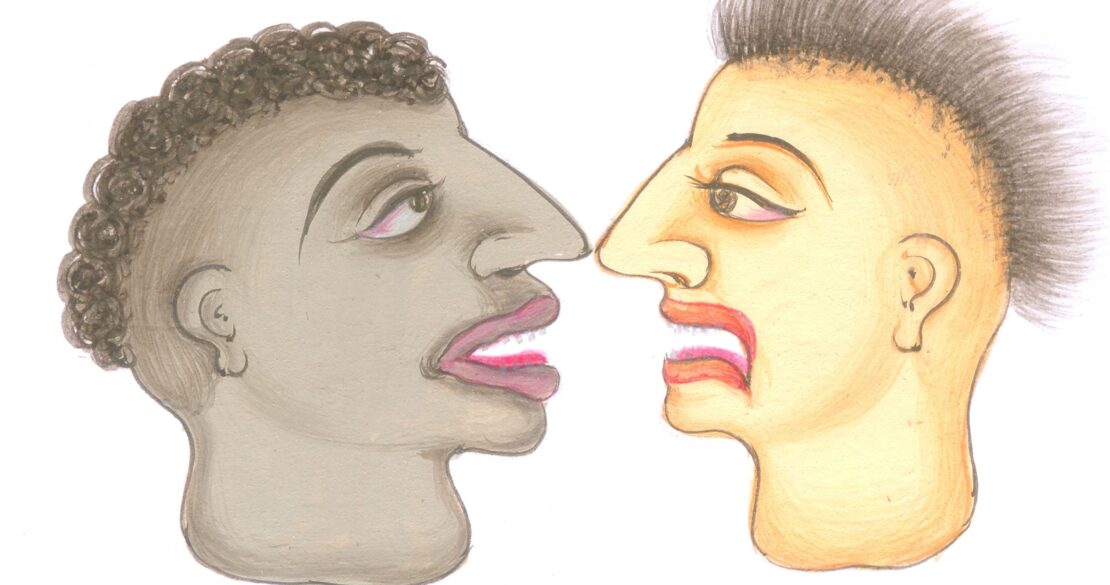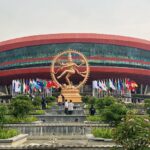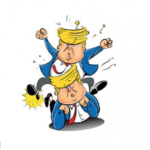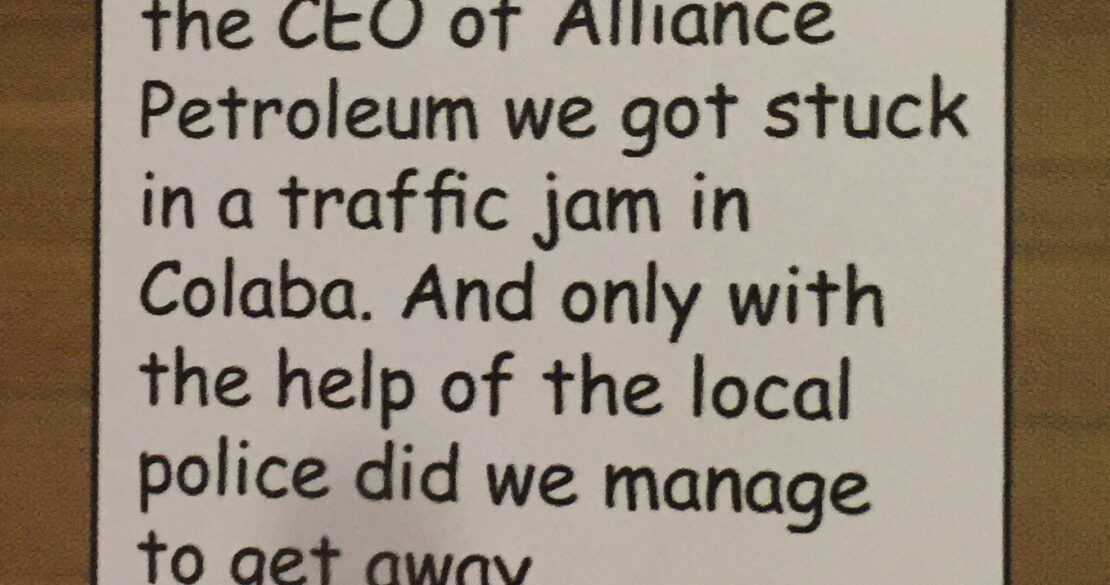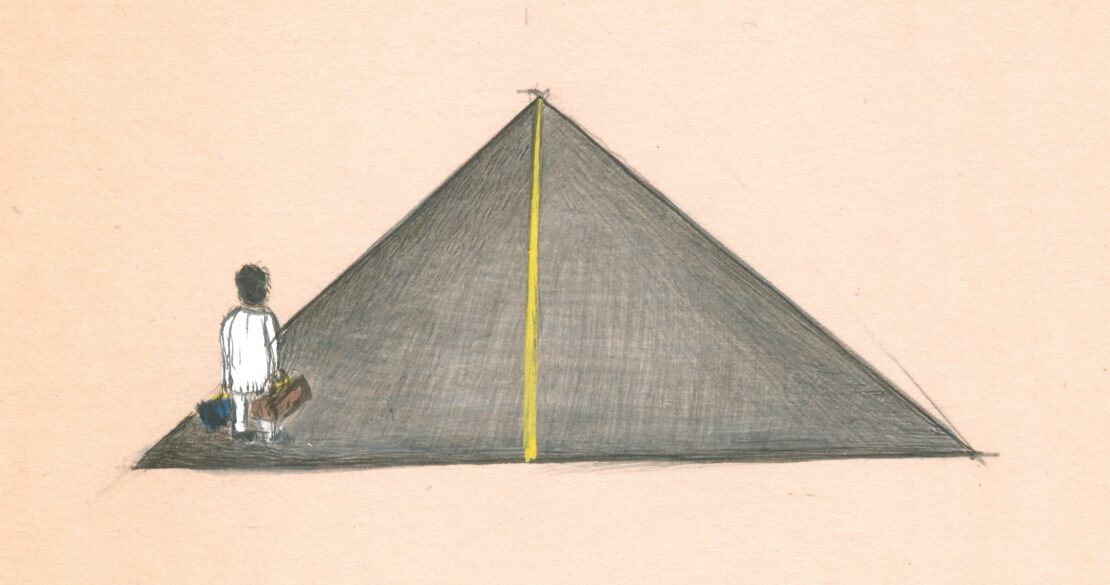West Indian cricket captain, Darren Sammy recently pointed out that through the course of last year’s IPL matches he was often called the K word by Indian players. Kalu has been a derogatory reference to Africans, uttered by Indians – who may be darker in colour – but want to assert racial superiority. Despite the slur, there was no hint of apology, and hardly a flutter in the media. In matters of race we remain bigots.
In another case, when the rest of the world was exploding with anti-racism protest marches against the brutal killing of George Floyd, during the sectarian riots in Delhi a few months earlier, police were beating up Muslim protesters. While the white American policeman has been charged with second degree murder and awaits trial, the Delhi constables are free. Despite the fact that they were similarly violent, jabbing the protester with lathis, before he succumbed to his injuries. While senators and public figures have expressed outrage over Floyd’s death, there was hardly any outcry on the Delhi incident. The current American rage is seen as a reckoning with racism, possibly a sign of a more just future. In the Indian situation, violence against minorities is met with silence. In matters of religion too we remain bigots.
Why are we such gutless bystanders in the cause of public injustice? Is it because we are a country of mixed messages, misaligned to public opinion, oblivious to race relations, and acting only on private impulse?
For most of us there is great convenience in maintaining cultural stereotypes: Africans are drug dealers, South Indians are tidy; white women are easy pick-ups, Europeans make good tenants; everyone east of Kolkata is a Chinky, and south of Nagpur is Madrassi. And God forbid you get Muslim tenants; they’ll send cow’s blood splashing down the drain. As a culture we are generally uncomfortable with people who can’t be typecast. Kalu, Chinky, Bong, Bahadur, Madrassi, unless you are Hindu, Brahmin, male, urban, young, moneyed and fair-skinned, there is a name for you.
If we like to typecast people ourselves, it helps that others also fit Indians into convenient stereotypes. In Western films and television the Indian has progressed from an elephant tamer in the 70s, to a shop-keeping buffoon in The Simpsons in the 90s, to computer nerd in Outsourced. The idea of an Indian as a suburban American, watching football and entertaining neighbors to a weekend barbeque strikes most as an oddity, because it is. The visible self limits of the personification keep a desperate clamp on the stereotype. Partly of course, this has to do with the insular nature of Indian communities abroad – the minor suburban ghettoes where families get together for samosas and tea to discuss Indian, rather American politics, and if there are enough males, to organize cricket on the baseball field.
Could this be the reason why few Indians participated in recent American rallies and protests? Is it because to Indians Black Lives don’t Matter? Or perhaps it has to do with the fear being identified as blacks ourselves.
Some time back a North Indian politician announced in all seriousness, that Indians could not be bigoted because they worshiped a black God, and also lived alongside South Indians. That the insidious comment came from a representative of the current government was of course reprehensible; but the fact that it caused no outrage was perhaps the greater outrage. Strange that as a people of mixed color that varies generally from a milk chocolate to coffee to burnt umber many of us consider ourselves unofficially white, descendants of Caucasians – and in some prehistoric time – linked to tall, fair, sharp-nosed Aryans.
Years back, my sister on a visit from America announced at the lunch table that she was expecting an American friend to join her soon. My grandmother, who sat at the head of the table, must have imagined a blond white girl, possibly a roommate. A week later however, a black male classmate of my sister’s was seated at the same table; my grandmother watched in undisguised horror as the two conversed, even held hands. At the end of the meal she announced in Punjabi ‘the Hubshi ate six rotis’.
One of the less distressing things about Indian racism is that it doesn’t come from the heart. Hate is not coated with personal malice, but has only an institutional stamp. In order to be hated by someone above you, you had to express your venom against those below you. My grandmother was merely spewing centuries of suffering her ancestors had to endure, to keep the continuity going.
-Gautam Bhatia
